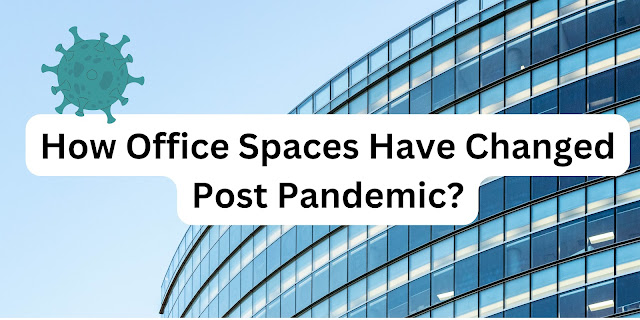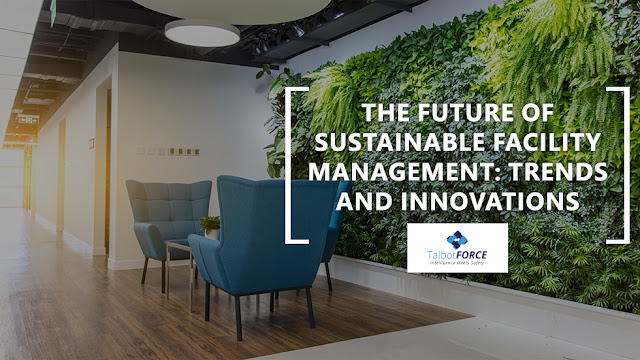The COVID-19 epidemic forced a total closure of all but critical services, which permanently altered how businesses see and utilise office space. Employers still allow employees to use hybrid or remote work models two years later.
Today's workplaces must support organisational culture, encourage cooperation, and stimulate innovation while protecting the public's health. Companies increasingly invest in improvements aimed at improving health while reinventing workplaces and how they function since employees' top priority is staying healthy.
It goes without saying that the epidemic spurred businesses to adapt, innovate, and grow. We now get to witness a plethora of enterprises prosper as a result of the last two years, which is a blessing. Businesses that prioritise their employees and pay attention to their needs are frequently the ones who have seen success. As a result, there are many new styles and modifications to how office space is utilised and valued.
Here are a few COVID-induced changes that have shaped the industry as we see it today
Flexible workspaces
Open-plan offices may no longer be the standard as a result of this change in the office space concept. Small meeting rooms, conference rooms, and breakout rooms will take precedence over more spacious open areas. Even though businesses are opting to reevaluate their workplace requirements and decrease their office premises. The shared office assumes the function of a place for collaboration, sharing, and communication. Humans go to work for more than one reason; we also satisfy a variety of other social requirements there, and office designs are beginning to reflect this.
Tech-Enabled Workspaces
Pressing buttons is now obsolete owing to contactless entry and smart lighting systems! Instead of using fingerprint recognition to clock in or out, employees may instead utilise face recognition or a key card. You can even locate yourself using technologies that detect your motions and display them on a digital map so you don't have to go inside rooms or wander about aimlessly.
Wellbeing in the Workspace
Professional Office spaces are changing, towards creating offices that support employee well-being keeping their safety and ease of mind as a priority. Green walls, balconies, and outside seating spaces are just a few of the ways that businesses are incorporating the outdoors. Exercise chairs and standing desks are making their way into offices since they have been shown to boost productivity and health! What do these changes mean?
For the majority of firms, it will be an interesting path filled with experiments and learning. For every person who praises the convenience of working from home, there is a voice that shows how exhaustion is settling in among those who work remotely. The workplace will change, and so will the measurements used to determine how much space is allotted to each person. To accommodate different work settings and maintain team productivity and safety, the workplace has to be redesigned.
The most significant factor in these designs is technology. To successfully engage the teams, new goods and tools will need to be investigated. This will bring about a radical transformation in the workplace.



Comments
Post a Comment